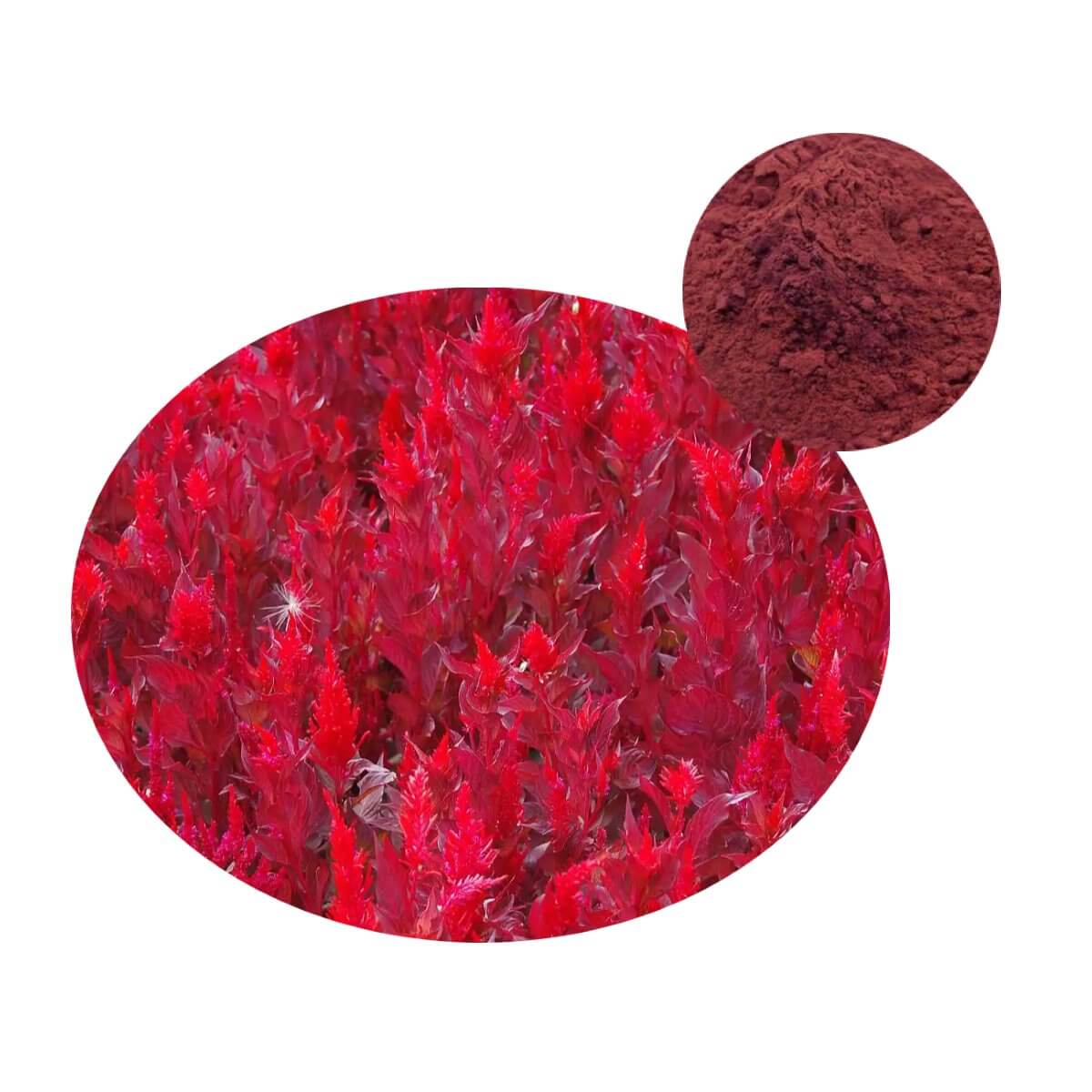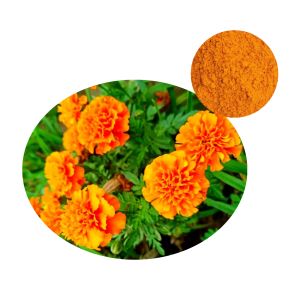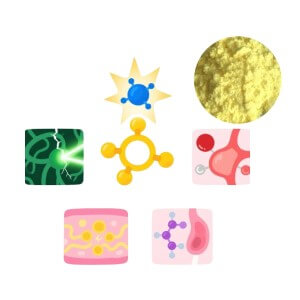
Natural Astaxanthin Powder
| Product Name | Natural Astaxanthin Powder |
| CAS Number | 472-61-7 |
| Source | Haematococcus Pluvialis Algae |
| Appearance | Dark red to brownish-red free-flowing powder |
| Purity | 1%, 2%, 5%, 10% (HPLC) |
| Packaging | 1 kg/bag, 5 kg/bag, 25 kg/drum |
| MOQ | 1 kg |
Natural Astaxanthin Powder: The Strategic Ingredient for Premium Formulations
If you're developing high-performance supplements or aquaculture feeds, your antioxidant selection shouldn't be an afterthought. It's a fundamental decision that directly impacts your product quality, effectiveness, and ultimately, your market position. Sourced directly from Haematococcus pluvialis microalgae, our natural astaxanthin powder delivers vibrant coloration, scientifically-documented health benefits, and the batch-to-batch consistency that formulators count on. It's the reliable, high-potency ingredient that helps you build products that stand out in competitive markets.
What Is Natural Astaxanthin Powder, Really?
Think of astaxanthin as nature's most powerful protective compound. This carotenoid pigment is what gives salmon their pink color and flamingos their distinctive hue, but its biological role runs much deeper. In nature, it functions as a survival molecule that protects organisms from intense UV radiation and oxidative stress. Our powder is a concentrated 5% extract derived exclusively from Haematococcus pluvialis microalgae—the original source in the natural food chain. Unlike synthetic alternatives, this natural form contains complementary compounds that significantly enhance absorption and efficacy in both human and animal applications. That bioavailability advantage matters when you're formulating products that need to deliver measurable results.
Why Your Source Matters More Than You Think
Let's be direct about sourcing—because quality starts right here. We work with partners who cultivate Haematococcus pluvialis in controlled, closed-system photobioreactors. This approach isn't just about ensuring purity (though that's certainly critical). It's about maintaining precise control over the growth environment to guarantee consistent astaxanthin content and reliable potency that open-pond or inferior sources simply can't match. When your formulations depend on predictable performance, this controlled sourcing makes all the difference.
Beyond Ordinary Antioxidants: Astaxanthin's Distinct Advantages
Labeling astaxanthin as just another "antioxidant" dramatically undersells its capabilities. Its unique molecular structure actually spans cell membranes, neutralizing free radicals in both water-soluble and fat-soluble environments simultaneously. For your B2B customers, this translates to tangible formulation advantages:
- Human Nutraceuticals: Supports joint comfort by addressing exercise-induced inflammation at the source. Promotes skin health through internal UV protection mechanisms. Enhances athletic recovery timelines and measurably reduces muscle fatigue markers.
- Aquaculture & Animal Feed: Essential for achieving the vibrant pink flesh coloration that premium salmon and shrimp markets demand. Improves survival rates, supports robust immune function, and promotes healthier growth patterns throughout development cycles.
When you compare its antioxidant potency against other common options, the numbers speak for themselves:
- Approximately 6,000 times more potent than Vitamin C in free radical neutralization
- Roughly 550 times more effective than Vitamin E in oxidative stress protection
- About 800 times stronger than Coenzyme Q10 in cellular protection
- Around 110 times more powerful than Beta-Carotene in antioxidant activity
Where Formulators Are Finding Success
Our partners are successfully integrating astaxanthin powder across multiple product categories. We're seeing strong results in premium supplement lines targeting sports nutrition and healthy aging demographics. In functional foods, it's being incorporated into enhanced protein powders and nutritional beverages. Aquaculture operations are using it consistently in salmon and shrimp feeds with excellent ROI. Even the pet nutrition sector is adopting it for premium dog foods and specialty supplements where visible results matter to consumers.
Quality Assurance That Actually Means Something
In this industry, quality documentation isn't just paperwork—it's your product insurance. We partner exclusively with GMP-certified manufacturers, with every single batch undergoing rigorous third-party testing. You'll receive a comprehensive Certificate of Analysis that verifies potency, purity (screened for heavy metals, microorganisms, and other contaminants), origin confirmation, and stability data that helps with your own shelf-life determinations.
The Technical Details Formulators Need
Here's the practical information you'll need for procurement and development work:
- Appearance: Deep brick-red free-flowing powder with characteristic odor
- Standardization: 1%,2%,5%,10% astaxanthin content
- Minimum Order Quantity: Starts at 1 kg for R&D projects, with volume discounts available
- Shelf Life: 24 months when stored in cool, dry conditions (below 25°C)
- Packaging Options: Standard 1 kg sealed foil bags with oxygen scavengers or custom packaging solutions for larger volumes
- Solubility: Oil-soluble with specific formulation recommendations available
What Actually Sets This Ingredient Apart
Beyond the basic specifications, here's what our partners tell us really matters: Consistent batch-to-batch uniformity that simplifies your QC processes and reduces variability in your finished products. Direct access to technical support and formulation advice from specialists who understand your application challenges. A reliable supply chain with multiple manufacturing partners to prevent disruptions. Documentation that's compliance-ready for your specific regulatory requirements, whether you're selling in North America, Europe, or Asian markets.
Let's Discuss Your Specific Application Needs
You're not just purchasing an ingredient—you're integrating a critical component into your product's success story. We're here to provide the high-grade material and technical backup you need to make that happen efficiently. Whether you're finalizing a new supplement line, optimizing feed formulations, or exploring new applications, we can provide specific guidance on application rates, stability in your particular matrix, or compliance documentation for your target markets.
Contact us today for the complete technical data sheet and volume-specific pricing information. We typically respond within 2 business hours with the comprehensive information you need for proper evaluation and specification.
Frequently Asked Questions
Share this product
Related Products
Ready to get started?
Contact our team for technical specifications, pricing, and customized solutions.



